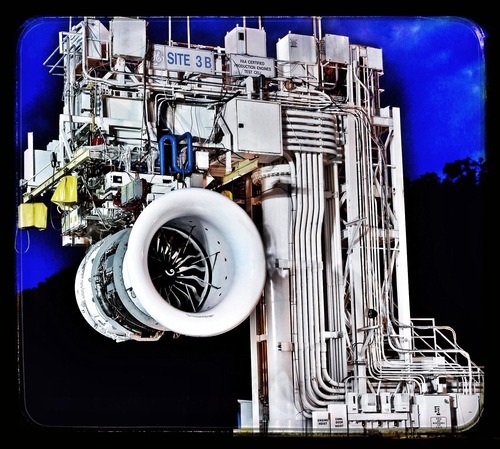Honey, I Shrunk the World: How Materials Scientists Made the Globe Smaller

GE – Composites are made from alternating layers of fiber and sheets of carbon, plastic or ceramics, kind of like industrial-grade baklava.
When joined together, composites can be tougher and lighter than steel or titanium. “This was a huge, expensive and risky project,” says Shridhar Nath, who leads the composites lab at GE Global Research. “We planned to replace titanium with what is essentially plastic. We were starting from scratch and we did not know how carbon fiber blades would respond to rain, hail, snow and sand, and the large forces inside the engine.”

The bet paid off and GE has, over time, invested billions more in materials science. The composites research delivered a new line of large, fuel efficient jet engines like the GE90 and GEnx, that changed the economics of aviation forever. “The engines essentially opened the globe up to incredibly efficient, twin-powered, wide-body planes,” says David Joyce, president and CEO of GE Aviation.

The latest engine in that family, the GE9X, will power Boeing’s next-generation 777X long-haul jets. Light-weight carbon composites allowed engineers to design an 11-foot fan that can suck a maelstrom of 8,000 pounds of air per second inside the engine. The air will flows into the combustor, where it meets parts made from ceramic matrix composites (CMCs), another breakthrough material developed by GE scientists.

Carbon fiber composites work with cold air at the front of the engine. But CMCs operate in the engine’s hot section, at temperatures where even metals grow soft. The extra heat gained by the ceramics gives the engine more energy to work with and makes it more efficient.
CMCs also have twice the strength and just a third of the weight of their metal counterparts. This allows designers to make parts from them thinner and much lighter, further reducing the weight of the engine. more> http://tinyurl.com/lt5wlnn
Posted in Business, Economic development, Economy, History, Product, Science, Technology, Transportation
Tagged Ceramic matrix composite, CMC, Composite material, GE, GEnx, Industrial economy, LEAP, Manufacturing, NASA









